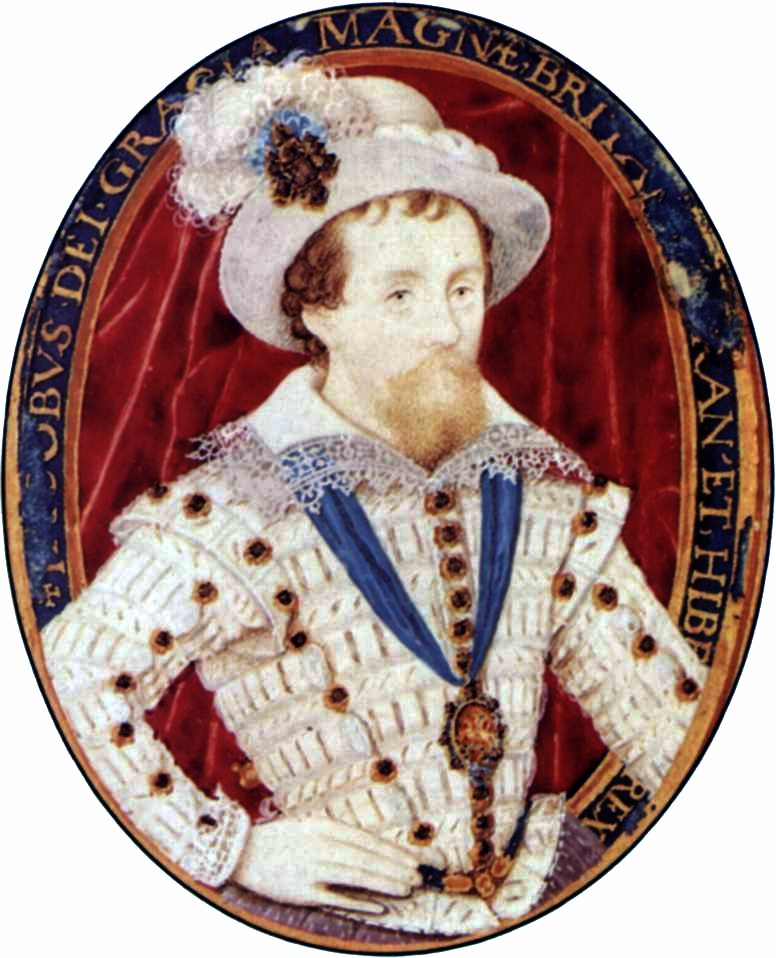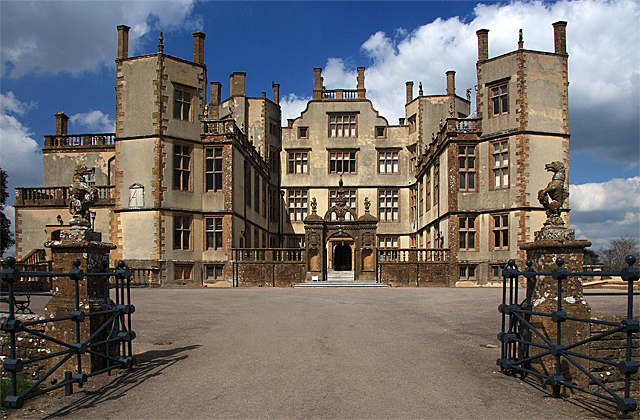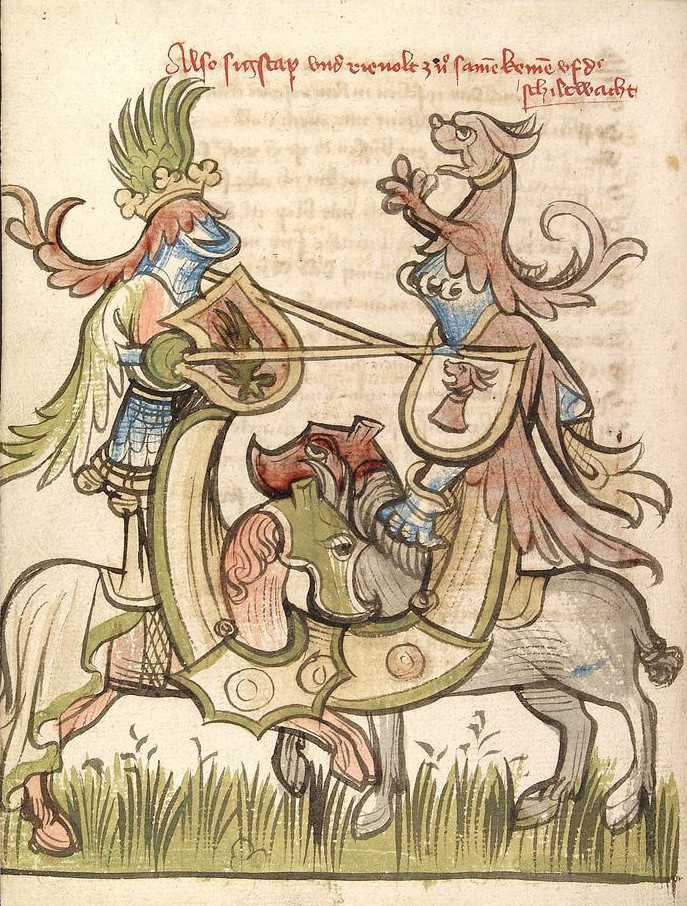|
Robert Carr, 1st Earl Of Somerset
Robert Carr, 1st Earl of Somerset (c. 158717 July 1645), was a politician, and favourite of King James VI and I. Background Robert Kerr was born in Wrington, Somerset, England, the younger son of Thomas Kerr of Ferniehirst, Sir Thomas Kerr (Carr) of Ferniehirst Castle, Ferniehurst, Scotland, by his second wife, Janet Scott, Lady Ferniehirst, Janet Scott, sister of Walter Scott, 4th of Buccleuch, Walter Scott of Buccleuch. About the year 1601, while an obscure page to George Home, 1st Earl of Dunbar, Sir George Home, he met Thomas Overbury in Edinburgh. The two became friends and travelled to London together. Overbury soon became Carr's secretary. When Carr embarked on his career at court, Overbury became mentor, secretary, and political advisor to his more charismatic friend, the brain behind Carr's steady rise to prominence. King's favourite In 1607, Carr happened to break his leg at a jousting, tilting match, at which King James VI and I was in attendance. According to Tho ... [...More Info...] [...Related Items...] OR: [Wikipedia] [Google] [Baidu] |
The Right Honourable
''The Right Honourable'' (abbreviation: The Rt Hon. or variations) is an honorific Style (form of address), style traditionally applied to certain persons and collective bodies in the United Kingdom, the former British Empire, and the Commonwealth of Nations. The term is predominantly used today as a style associated with the holding of certain senior public offices in the United Kingdom, Canada, New Zealand, and, to a lesser extent, Australia. ''Right'' in this context is an adverb meaning 'very' or 'fully'. Grammatically, ''The Right Honourable'' is an adjectival phrase which gives information about a person. As such, it is not considered correct to apply it in direct address, nor to use it on its own as a title in place of a name; but rather it is used in the Grammatical person, third person along with a name or noun to be modified. ''Right'' may be abbreviated to ''Rt'', and ''Honourable'' to ''Hon.'', or both. ''The'' is sometimes dropped in written abbreviated form, but is ... [...More Info...] [...Related Items...] OR: [Wikipedia] [Google] [Baidu] |
Coat Of Arms Of Robert Carr, 1st Earl Of Somerset, KG
A coat is typically an outer garment for the upper body, worn by any gender for warmth or fashion. Coats typically have long sleeves and are open down the front, and closing by means of buttons, zippers, hook-and-loop fasteners (AKA velcro), toggles, a belt, or a combination of some of these. Other possible features include collars, shoulder straps, and hoods. Etymology ''Coat'' is one of the earliest clothing category words in English, attested as far back as the early Middle Ages. (''See also'' Clothing terminology.) The Oxford English Dictionary traces ''coat'' in its modern meaning to , when it was written ''cote'' or ''cotte''. The word coat stems from Old French and then -4; we might wonder whether there's a point at which it's appropriate to talk of the beginnings of French, that is, when it wa ... and then Latin ''cottus.'' It originates from the Proto-Indo-European language">Proto-Indo-European word for woolen clothes. An early use of ''coat'' in English is Mail ... [...More Info...] [...Related Items...] OR: [Wikipedia] [Google] [Baidu] |
Sherborne Castle
Sherborne Castle (sometimes called Sherborne New Castle) is a 16th-century Tudor mansion southeast of Sherborne Sherborne is a market town and civil parishes in England, civil parish in north west Dorset, in South West England. It is sited on the River Yeo (South Somerset), River Yeo, on the edge of the Blackmore Vale, east of Yeovil. The parish include ... in Dorset, England, within the parish of Castleton, Dorset, Castleton. Originally built by Sir Walter Raleigh as Sherborne Lodge, and extended in the 1620s, it stands in a park which formed a small part of the Baron Digby, Digby estate. Within the grounds lie the ruins of the 12th-century Sherborne Old Castle, now in the care of English Heritage. Origins The building now known as Sherborne Old Castle () was constructed in the 12th century as the fortified palace of Roger de Caen, Bishop of Salisbury and Chancellor of England. In the early 1140s, the castle was captured by Robert, 1st Earl of Gloucester, Robert Earl o ... [...More Info...] [...Related Items...] OR: [Wikipedia] [Google] [Baidu] |
Walter Raleigh
Sir Walter Raleigh (; – 29 October 1618) was an English statesman, soldier, writer and explorer. One of the most notable figures of the Elizabethan era, he played a leading part in English colonisation of North America, suppressed rebellion in Ireland, helped defend England against the Spanish Armada and held political positions under Elizabeth I. Raleigh was born to a landed gentry family of Protestant faith in Devon, the son of Walter Raleigh and Catherine Champernowne. He was the younger half-brother of Sir Humphrey Gilbert and a cousin of Sir Richard Grenville. Little is known of his early life, though in his late teens he spent some time in France taking part in the religious civil wars. In his 20s he took part in the suppression of rebellion in the colonisation of Ireland; he also participated in the siege of Smerwick. Later, he became a landlord of property in Ireland and mayor of Youghal in east Munster, where his house still stands in Myrtle Grove. He rose ... [...More Info...] [...Related Items...] OR: [Wikipedia] [Google] [Baidu] |
Latin
Latin ( or ) is a classical language belonging to the Italic languages, Italic branch of the Indo-European languages. Latin was originally spoken by the Latins (Italic tribe), Latins in Latium (now known as Lazio), the lower Tiber area around Rome, Italy. Through the expansion of the Roman Republic, it became the dominant language in the Italian Peninsula and subsequently throughout the Roman Empire. It has greatly influenced many languages, Latin influence in English, including English, having contributed List of Latin words with English derivatives, many words to the English lexicon, particularly after the Christianity in Anglo-Saxon England, Christianization of the Anglo-Saxons and the Norman Conquest. Latin Root (linguistics), roots appear frequently in the technical vocabulary used by fields such as theology, List of Latin and Greek words commonly used in systematic names, the sciences, List of medical roots, suffixes and prefixes, medicine, and List of Latin legal terms ... [...More Info...] [...Related Items...] OR: [Wikipedia] [Google] [Baidu] |
Thomas Howard, 1st Earl Of Suffolk
Thomas Howard, 1st Earl of Suffolk, (24 August 1561 – 28 May 1626), of Audley End House in the parish of Saffron Walden in Essex, and of Suffolk House near Westminster, a member of the House of Howard, was the second son of Thomas Howard, 4th Duke of Norfolk, by his second wife Margaret Audley, the daughter and eventual sole heiress of Thomas Audley, 1st Baron Audley of Walden, of Audley End. Early life and marriages Thomas was born at Audley End on 24 August 1561, the second of four children Thomas Howard, 4th Duke of Norfolk, had by his second wife, Margaret Audley. His older sister was Elizabeth Howard, who died in infancy, and his younger siblings were Margaret and William. His maternal grandparents were Thomas Audley, 1st Baron Audley of Walden, and his second wife Elizabeth Grey. His paternal grandparents were Henry Howard, Earl of Surrey, and his wife Frances de Vere. On her father's side, Thomas had an older half-brother, Philip Howard, who would later b ... [...More Info...] [...Related Items...] OR: [Wikipedia] [Google] [Baidu] |
King James VI And I
James VI and I (James Charles Stuart; 19 June 1566 – 27 March 1625) was King of Scotland as James VI from 24 July 1567 and King of England and Ireland as James I from the union of the Scottish and English crowns on 24 March 1603 until his death in 1625. Although he long tried to get both countries to adopt a closer political union, the kingdoms of Scotland and England remained sovereign states, with their own parliaments, judiciaries, and laws, ruled by James in personal union. James was the son of Mary, Queen of Scots, and a great-great-grandson of Henry VII, King of England and Lord of Ireland, and thus a potential successor to all three thrones. He acceded to the Scottish throne at the age of thirteen months, after his mother was forced to abdicate in his favour. Although his mother was a Catholic, James was brought up as a Protestant. Four regents governed during his minority, which ended officially in 1578, though he did not gain full control of his government ... [...More Info...] [...Related Items...] OR: [Wikipedia] [Google] [Baidu] |
Jousting
Jousting is a medieval and renaissance martial game or hastilude between two combatants either on horse or on foot. The joust became an iconic characteristic of the knight in Romantic medievalism. The term is derived from Old French , ultimately from Latin">-4; we might wonder whether there's a point at which it's appropriate to talk of the beginnings of French, that is, when it wa ... , ultimately from Latin "to approach, to meet". The word was loaned into Middle English around 1300, when jousting was a very popular sport among the Anglo-Normans, Anglo-Norman knighthood. The synonym tilt (as in tilting at windmills) dates . Jousting on horse is based on the military use of the lance by heavy cavalry. It transformed into a specialized sport during the Late Middle Ages, and remained popular with the nobility in England and Wales, Germany and other parts of Europe throughout the whole of the 16th century (while in France, it was discontinued after the death of King Henry II ... [...More Info...] [...Related Items...] OR: [Wikipedia] [Google] [Baidu] |
Nicholas Hilliard 020
Nicholas is a male name, the Anglophone version of an ancient Greek name in use since antiquity, and cognate with the modern Greek , . It originally derived from a combination of two Greek words meaning 'victory' and 'people'. In turn, the name means "victory of the people." The name has been widely used in countries with significant Christian populations, owing in part to the veneration of Saint Nicholas, which became increasingly prominent in Western Europe from the 11th century. Revered as a saint in many Christian denominations, the Eastern Orthodox, Catholic, and Anglican Churches all celebrate Saint Nicholas Day on December 6. In maritime regions throughout Europe, the name and its derivatives have been especially popular, as St Nicholas is considered the protector saint of seafarers. This remains particularly so in Greece, where St Nicholas is the patron saint of the Hellenic Navy. Origins The name derives from the . It is understood to mean 'victory of the people', bei ... [...More Info...] [...Related Items...] OR: [Wikipedia] [Google] [Baidu] |
Edinburgh
Edinburgh is the capital city of Scotland and one of its 32 Council areas of Scotland, council areas. The city is located in southeast Scotland and is bounded to the north by the Firth of Forth and to the south by the Pentland Hills. Edinburgh had a population of in , making it the List of towns and cities in Scotland by population, second-most populous city in Scotland and the List of cities in the United Kingdom, seventh-most populous in the United Kingdom. The Functional urban area, wider metropolitan area had a population of 912,490 in the same year. Recognised as the capital of Scotland since at least the 15th century, Edinburgh is the seat of the Scottish Government, the Scottish Parliament, the Courts of Scotland, highest courts in Scotland, and the Palace of Holyroodhouse, the official residence of the Monarchy of the United Kingdom, British monarch in Scotland. It is also the annual venue of the General Assembly of the Church of Scotland. The city has long been a cent ... [...More Info...] [...Related Items...] OR: [Wikipedia] [Google] [Baidu] |
George Home, 1st Earl Of Dunbar
George Home, 1st Earl of Dunbar (ca. 155620 January 1611) was, in the last decade of his life, the most prominent and most influential Scotsman in England. His work lay in the King's Household and in the control of the State Affairs of Scotland and he was the King's chief Scottish advisor. With the full backing and trust of King James he travelled regularly from London to Edinburgh via Berwick-upon-Tweed. In Scotland Home was the third son of Sir Alexander Home of Manderston, Berwickshire, by his spouse Janet, daughter of George Home of Spott. He was introduced, at the age of 26, to the Court of sixteen-year-old James VI by a relative, Alexander Home, 6th Lord Home. Establishing himself as a favourite, he was in the retinue which accompanied King James VI to Norway and Denmark to collect his future Queen. James Melville of Halhill mentions that Home did not sail with the king, but in one of three other ships, along with Lewis Bellenden, John Carmichael, the Provost of Linc ... [...More Info...] [...Related Items...] OR: [Wikipedia] [Google] [Baidu] |
Walter Scott, 4th Of Buccleuch
Walter Scott, 4th Baron of Buccleuch (1549–1574) was head of the Border family of Scott and, despite his youth, played a prominent part in the turbulent politics of 16th century Scotland. Origin Scott was the eldest son of Sir William Scott of Kirkurd, Younger of Buccleuch (died 1552) and his sister was Jean Scott, Lady Ferniehirst. They were the grandchildren of Walter Scott, 3rd of Buccleuch (who was murdered on 4 October 1552, having been pre-deceased by his son). His mother was Grisel, second daughter of John Betoun of Creich.Sir James Balfour Paul, The Scots Peerage, volume II (David Douglas, Edinburgh, 1905), at pages 231-232 Career Scott succeeded his grandfather at age three. His uncle, Walter Scott of Goldielands, a natural half-brother of his father, led the Scotts during his minority. In 1565 an agreement was made with the family who had killed his father. It was agreed that there would be a number of marriages between the family members to end the feud. Despit ... [...More Info...] [...Related Items...] OR: [Wikipedia] [Google] [Baidu] |







